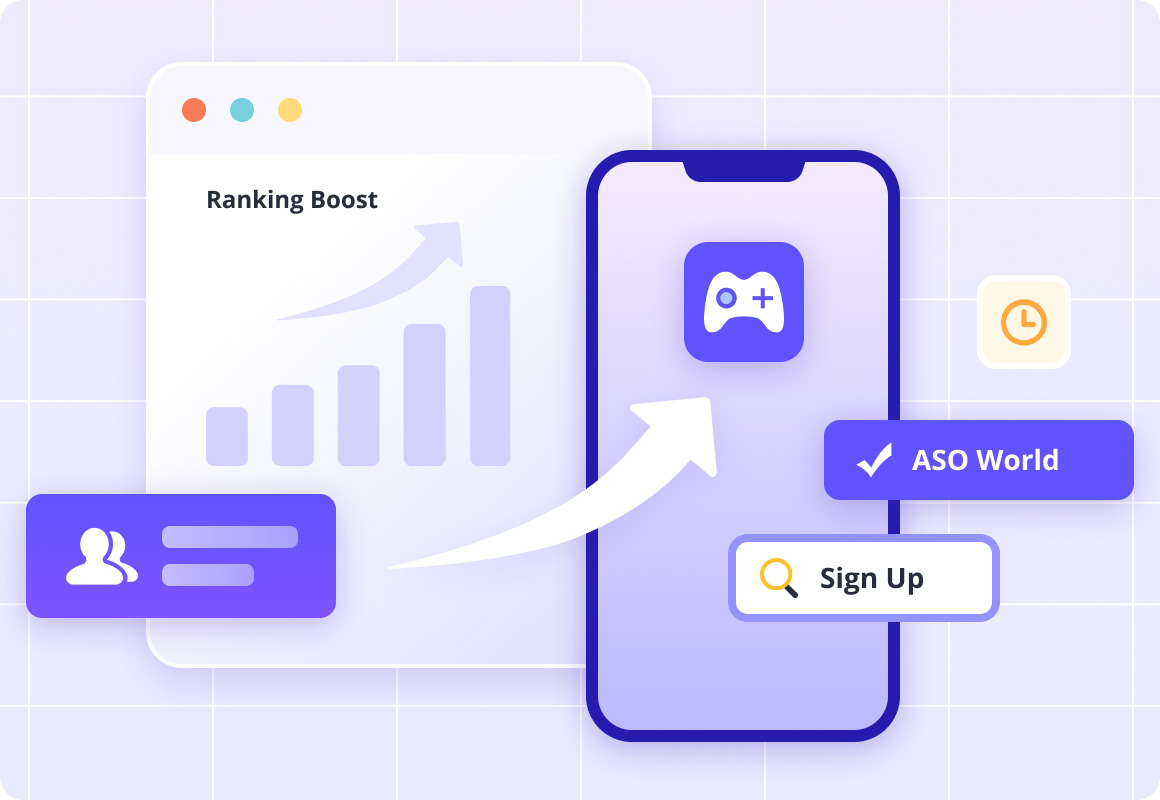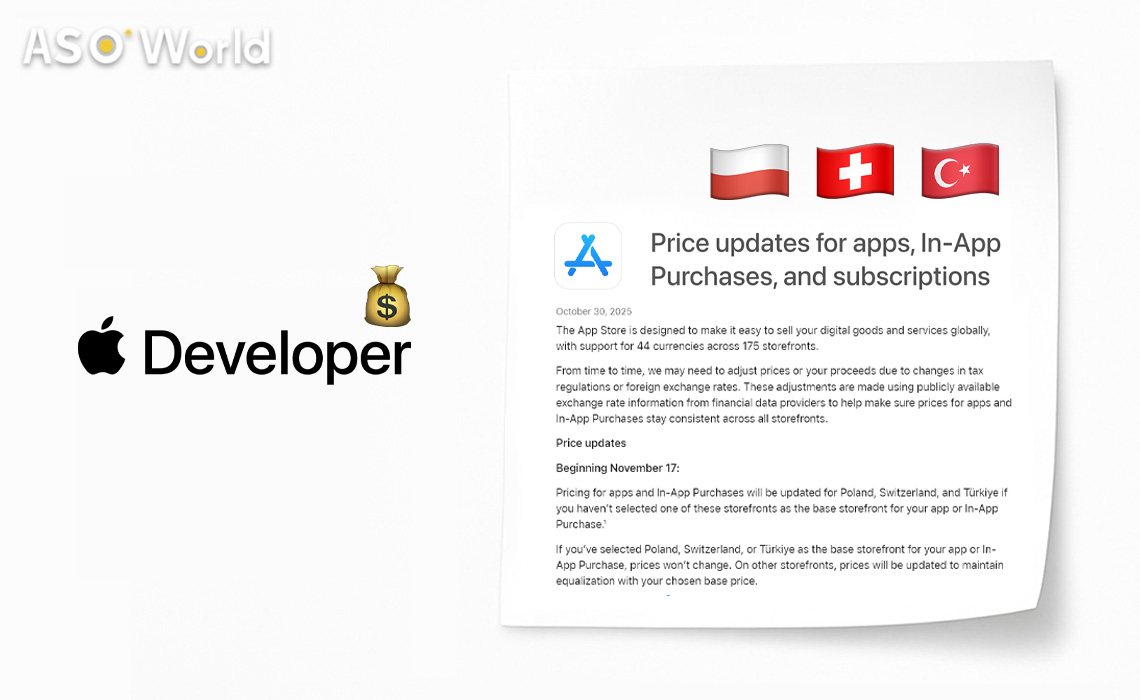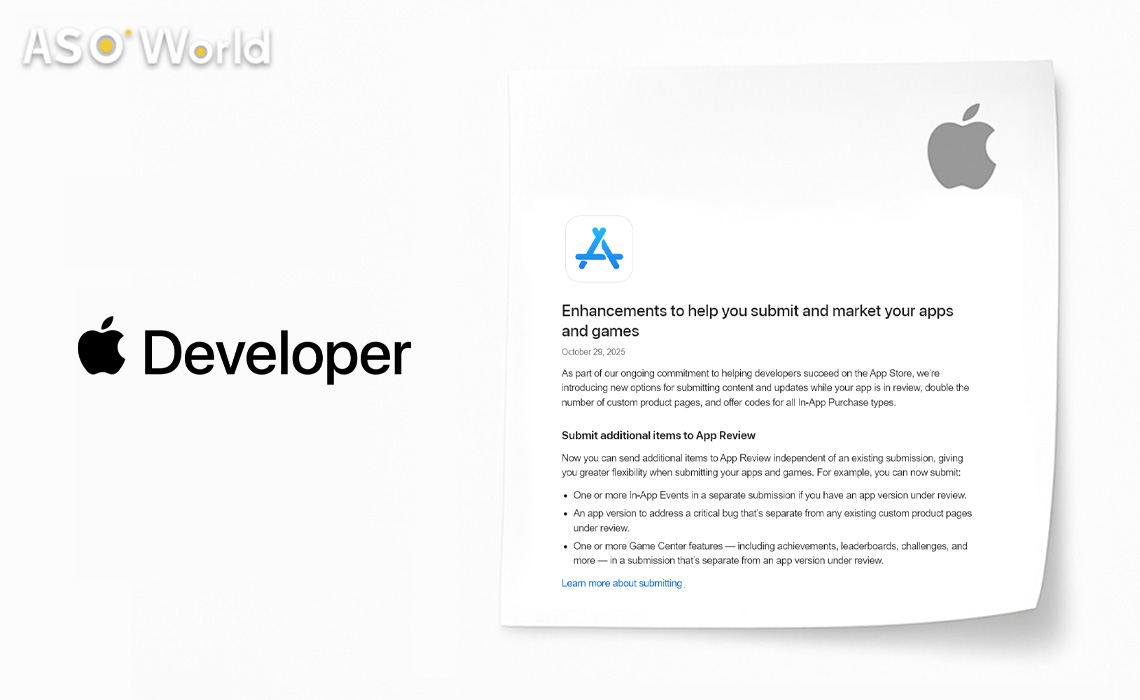Apple has introduced the App Store Mini Apps Partner Program, a new initiative designed to support developers who build lightweight, web-based experiences inside a host application.
The program offers a reduced commission rate, requires adoption of new platform APIs, and signals Apple's growing interest in hybrid app models that combine native and web technologies.
What the New Program Means for Developers
Lower Commission for Eligible Mini App Transactions
The new program allows qualifying host apps that embed "Mini Apps"—experiences built with HTML5, JavaScript, and related web technologies—to receive a 15% commission rate on in-app purchases initiated within those Mini Apps.
This represents a meaningful reduction compared to standard App Store commission tiers and is aimed at encouraging adoption of lightweight, modular app experiences.
Key Technical Requirements
To qualify, host apps must support specific App Store technologies, including Apple's Declared Age Range API and Advanced Commerce API.
These APIs help ensure age-appropriate content access, secure purchase flows, and consistent platform-level safeguards.
Apple highlights these requirements as essential for enabling safe, seamless integration of Mini App experiences on iOS, iPadOS, macOS, tvOS, and watchOS.
Strategic Significance for the App Store
The introduction of the Mini Apps Partner Program reflects Apple's evolving approach to app distribution.
By supporting web-powered, modular experiences within native apps, Apple broadens its ecosystem beyond fully installed applications.
This shift aligns with growing global interest in lightweight, instant-access app models commonly seen across Asia-Pacific markets.
Reduced commission rates further position Mini Apps as a potential growth channel for developers focused on reach and monetization efficiency.
Building Mini Apps: Opportunities and Challenges
Faster Iteration and Broader Reach
Mini Apps allow developers to iterate quickly using web technologies while still benefiting from App Store distribution and the native app environment.
They are well-suited for modular content, lightweight utilities, commerce flows, and embedded service experiences.
Integration, Performance, and Review Considerations
Despite their flexibility, Mini Apps must deliver reliable performance, maintain visual consistency with the host app, and comply with App Store review guidelines.
Developers must consider loading times, offline behavior, and seamless transitions between native and web components to ensure a cohesive user experience.

Editor's Comments
Apple's new program marks a notable step toward a more hybrid application ecosystem.
By embracing web-powered modules inside native shells, Apple mirrors trends seen in China and other markets where Mini Apps have become major distribution and engagement channels.
While the reduced commission is an important incentive, the long-term significance lies in Apple's recognition of modular, rapid-iteration experiences as part of the future of app development.
Adoption is likely to grow among commerce, content, and service platforms, especially those already operating extensive web infrastructure.
The success of the program will depend on developer uptake, Apple's ongoing API evolution, and the balance between flexibility and review-driven constraints.





